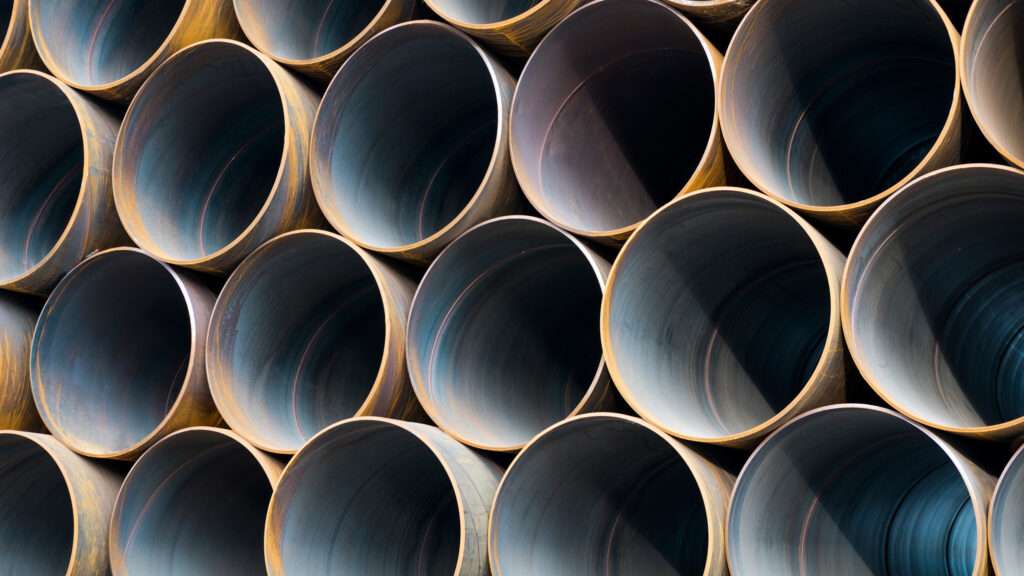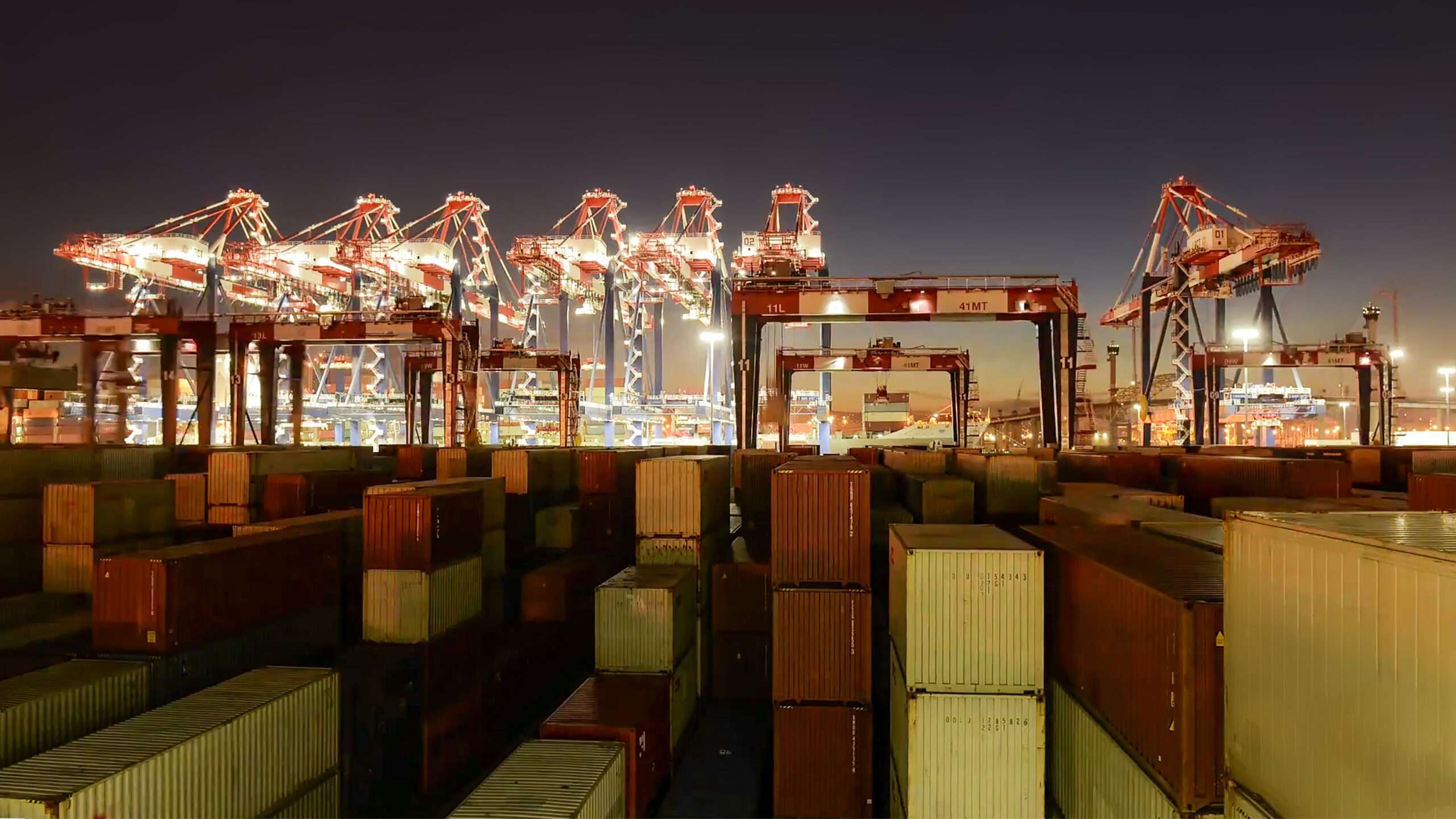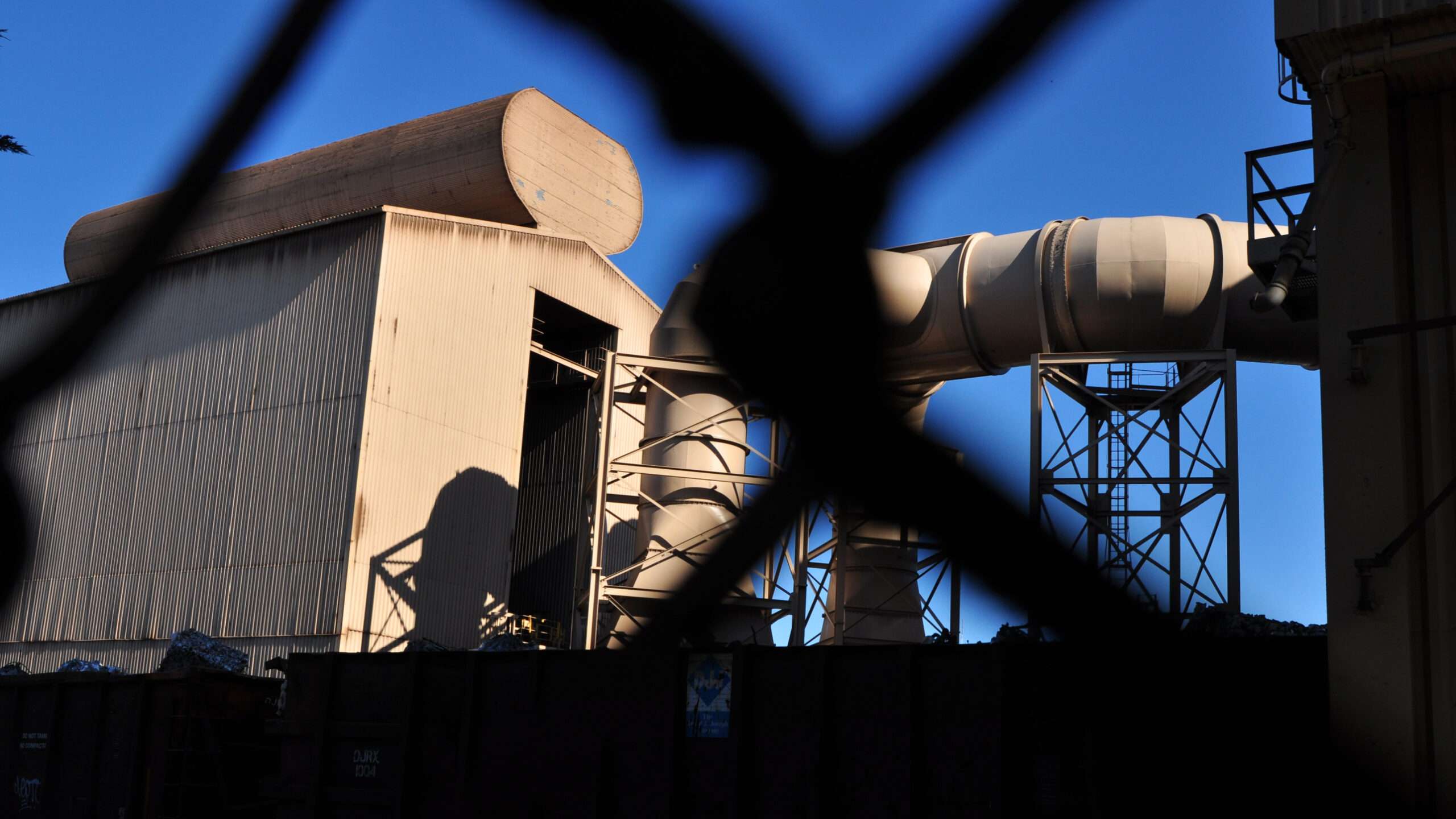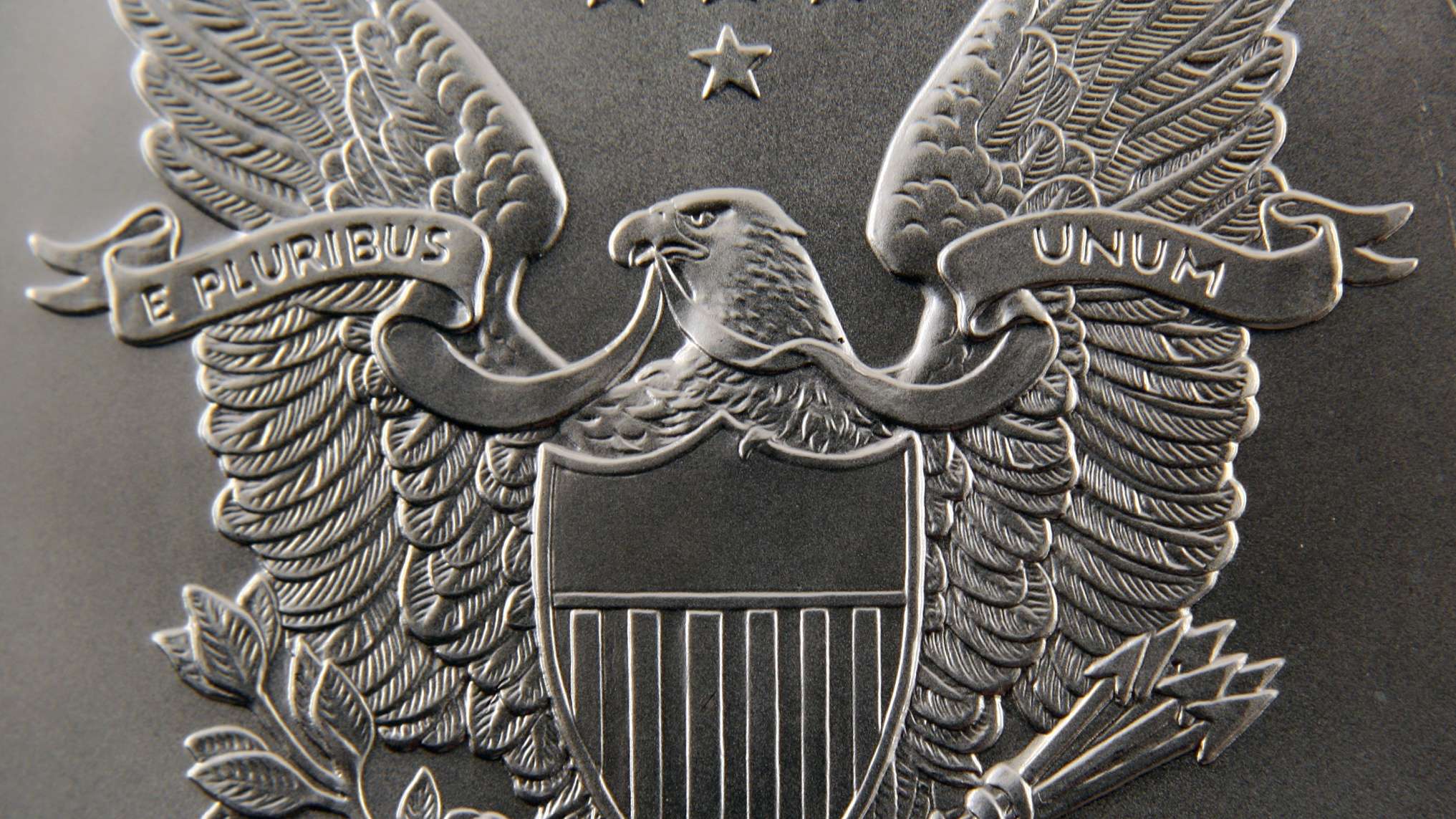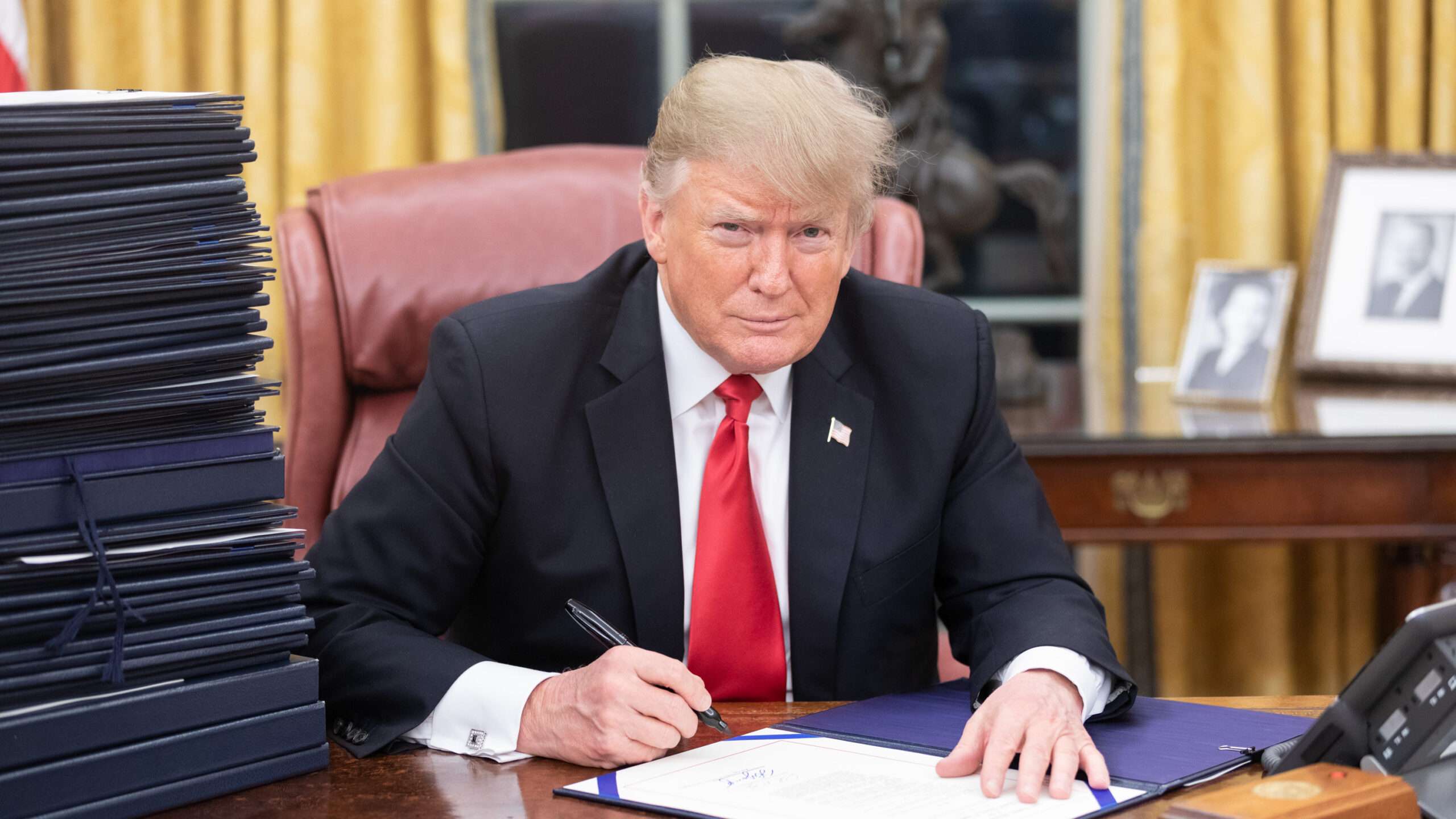KEY POINTS
- Standard pipe imports into the U.S. have surged 34% since 2020, putting substantial pressure on U.S. companies and manufacturing jobs.
- UAE, Thailand, Vietnam, and Oman are among the largest exporters of standard pipe to the U.S., accounting for 40% of total U.S. imports.
- These countries are reliant on steel imports to support their steel product manufacturing, including standard pipe.
- These exporters have failed to decouple from Russia and Iran despite U.S. sanctions against steel producers in those countries.
- These countries are also being used as processing points to avoid duties on Chinese and Indian steel, still ultimately bound for the U.S.
- More investigations into sanctions violations and duty circumventions are needed, as well as an expansion of the U.S. melted and poured rule, to tackle these damaging import surges.
Standard Pipe Surge into the U.S.
Since 2020, there has been a significant surge of standard pipe imports into the United States. Between 2020 and 2023, annual standard pipe imports swelled by 190,500 metric tons (a 34% increase).
Standard pipe includes various types and sizes of steel pipe used for carrying steam, gas, water, etc.
Some of the main countries behind this surge are the United Arab Emirates, Thailand, Vietnam, and Oman. Overall, these four countries represent 40% of the total U.S. standard pipe imports in 2023. As shown in Figure 1, standard pipe imports from Thailand and Vietnam have grown especially fast (increasing by 90% and 50% respectively).
Figure 1: U.S. Standard Pipe Imports by Country (Metric Tons)

Oman and the UAE have also had substantial growth. In just a single year (from 2020 to 2021), imports from Oman increased by 19,500 metric tons (a 58% increase). Imports from the UAE have grown more steadily and are currently 7,342 metric tons higher than 2020 levels.
This surge in standard pipe imports into the United States is threatening local U.S. producers. Import surges across a variety of steel products are posing a serious threat to local economies across the United States. The U.S. steel industry employs 143,500 people nationwide, including 75,000 jobs in the Midwest alone, and supports over one million secondary jobs nationwide.
Reliance on Steel Imports for Manufacturing
Despite being major exporters of manufactured steel products such as standard pipe, the UAE, Thailand, Vietnam, and Oman are all still reliant on imports for their “base steel/iron supply” (steel). The UAE, Thailand, and Vietnam are all net importers of steel. And all four countries have scaled up their steel imports in recent years to support their booming steel product manufacturing. As shown in Figure 2, these countries all saw 45-68% increases in total steel imports from 2020 to 2022.
Figure 2: Total Steel Imports by Country

These countries do have some domestic steel production but are all still heavily reliant on steel imports. As shown in Figure 3, the UAE and Thailand import more steel than they produce domestically, and Vietnam and Oman also import substantial shares of their overall steel supply then used for steel product manufacturing.
These countries’ reliance on imports to support their manufacturing also leaves them reliant upon the large steel-producing countries from where they receive their steel. It also could leave them desperate to maintain steel imports even from countries considered adversaries to the United States, such as China, Iran, and Russia.
Continuing Steel Imports from Russia and Iran
Despite U.S. sanctions against many Russian steel companies following the invasion of Ukraine, the UAE, Thailand, Vietnam, and Oman have continued importing large quantities of steel from Russia.
As shown in Figure 4, these countries have begun to reduce their imports of Russian steel, but have far from completely decoupled from Russian steel. In 2022, these four countries still imported 626,000 metric tons of steel from Russia.
Figure 4: Steel Imports from Russia (Metric Tons)

In addition to the continuing steel imports from Russia, these standard pipe producing countries have also continued importing steel from Iran. In 2022, the UAE, Thailand, and Oman imported a total of about 116,000 metric tons of steel from Iran.
Figure 5: Steel Imports from Iran (Metric Tons)

This continued relationship between UAE, Thai, Vietnamese, and Omani importers and Russian and Iranian steel manufacturers highlights the possibility that Oman may be buying steel from sanctioned Russian and Iranian companies.
Many major Russian steel producers are under U.S. sanctions in response to the Ukraine invasion in 2022 and the U.S. also has sanctions against many Iranian steel producers. These sanctions prohibit any company operating in the United States (including importing) from doing business with the sanctioned institutions, with severe financial consequences and secondary sanctions as consequences for violating the sanctions.
Given the continuing high steel import volumes into these countries, some portion of the steel imports from Russia may be purchased from sanctioned companies, which are all among the largest Russian steel producers.
Some of these sanctioned Russian steel producers include the following:
- Metalloinvest (Lebedinsky and Mikhailovsky Minings, OEMK and the Swiss Metalloinvest Trading)
- A Russian mining and metallurgy company specializing in the manufacturing of steel.
- Tyazhpressmash (Tyazhpressmash)
- A leading Russian machine-building company that operates steel and iron forges.
- OOO Metallurg-Tulamash
- A Russia-based steel manufacturer that also manufactures armaments for Russia’s navy.
Iran’s steel companies have been sanctioned for even longer and the sanctions list also covers the major steel producers in the country, yet the UAE, Thailand, and Oman have continued buying large quantities of steel from Iran regardless.
Some of these sanctioned Iranian steel producers include the following:
- Pasargad Steel Complex
- The Gilan Steel Complex Company
- Middle East Mines and Mineral Industries Development Holding Company (MIDHCO)
- Includes steelmakers Sirjan Iranian Steel and Zarand Iranian Steel Company.
- And many more
Consequences and History of Sanctions Violations
U.S. sanctions laws still apply to these UAE, Thai, Vietnamese, and Omani companies if they conduct business in the United States (i.e. imports). If these companies are purchasing steel from sanctioned Russian or Iranian companies, they too could fall under secondary sanctions for providing material support for and conducting business with the sanctioned companies. According to the Treasury Department, “All transactions by U.S. persons or within (or transiting) the United States that involve any property or interests in property of designated or blocked persons are prohibited.”
Furthermore, imports from Russia and Iran by these companies may also involve violations of sanctions against Russian and Iranian banks if these companies use sanctioned financial institutions to facilitate their trade in steel.
If any of these standard pipe manufacturing countries are conducting business with sanctioned Russian or Iranian companies, they would be subject to punishment ranging from costly financial settlements with the U.S. Department of the Treasury’s Office of Foreign Assets Control (OFAC), as well as prohibitions from future purchases, and outright bans in the form of secondary sanctions.
Further investigation is needed to determine whether the UAE, Thailand, Vietnam, or Oman standard pipe producers are purchasing from sanctioned Russian or Iranian companies. Firms in at least three of these countries have a history of U.S. sanctions violations.
For example, many UAE firms were previously found to have violated U.S. sanctions against Russia and were subsequently subjected to secondary sanctions by the Treasury Department as punishment for the violations. Several Omani companies have also been found to violate U.S. sanctions against Iran and Treasury imposed secondary sanctions on these Omani firms as well. And Thai firms have also been found to violate U.S. sanctions against Iran.
301 China Tariffs: Lack of Reach of the U.S. “Melted and Poured” Rule
Another major method of tariff avoidance in standard pipe production is the use of tariffed Chinese steel. The United States has made a direct effort to discourage Chinese steel from flooding the U.S. market in recent years. The 2018 Section 301 tariffs against China targeted Chinese steel products with 7.5-25% tariffs. And the Biden administration’s recent review of these tariffs not only confirmed their continuing need in order to protect U.S. industry, but also found that they need to be increased for many steel products. The current Biden administration proposal raises tariffs on Chinese steel products to 25%.
Nonetheless, massive volumes of Chinese-produced steel are still being imported into the United States with no additional tariffs via third-party countries. Countries like the UAE, Thailand, Vietnam, and Oman import huge quantities of Chinese steel to be used in steel product manufacturing such as standard pipe. As shown in Figure 6, these four countries together imported over 8.9 million metric tons of Chinese steel in 2022. This is completely legal as of now as long as the steel is substantially transformed in these countries, but it nonetheless allows Chinese steel to avoid the 25% duties on their steel and continue flooding the U.S. market.
Figure 6: Steel Imports from China (Metric Tons)

There is an easy solution to this issue, however. The United States already has a system in place to protect against tariffed steel being processed through non-tariffed countries in order to avoid duties. The U.S. requires the country where imported steel was melted and poured to be identified in the import license application for all steel imports.
Country of melt and pour refers to the original location where the raw steel is (1) first produced in a steel-making furnace in a liquid state and then (2) poured into its first solid shape. The first solid state can take the form of either a semi-finished product (slab, billets or ingots) or a finished steel mill product.
The Section 232 steel tariff system uses this melt and poured rule widely. The Section 232 steel country exclusion agreements include provisions that the steel being imported into the United States duty-free must be melted and poured in the country that is excluded. For example, this prevents steel melted and poured in China (not excluded from Section 232 duties) from being processed in South Korea (excluded from Section 232 duties) just to avoid the tariffs.
However, the current trade rules do not apply this same standard to the Section 301 tariffs against China. U.S. tariffs on Chinese steel should ideally be at 50% (25% from Section 232 Steel tariffs, and now a proposed 25% from Section 301 China tariffs). However, currently, steel melted and poured in China which is processed through the UAE, Thailand, Vietnam, Oman, and many other countries still avoids the Section 301 tariffs on Chinese steel altogether, making the effective tariff rate 25% (only Section 232).
The melted and poured rule should be expanded to the Section 301 tariff rules. This would keep Chinese steel producers liable to the Section 301 duties that are designed to protect the U.S. industry from Chinese steel. It would enhance the effectiveness of the Section 301 tariffs, crack down on the third-country issue, and protect thousands of U.S. jobs.
India Avoiding Antidumping and Countervailing Duties
Another major source of steel for these standard pipe producing countries is India. As shown in Figure 7, the UAE, Thailand, Vietnam, and Oman together imported over 3.2 million metric tons of steel from India in 2022.
Figure 7: Steel Imports from India (Metric Tons)

The UAE and Vietnam are the largest importers of Indian steel among these four producers. The UAE alone imported 2.1 million metric tons of steel from India in 2022, 443 thousand metric tons more than in 2021 (a 26% increase).
The issue with the use of Indian steel for standard pipe production in these third countries is that it is again evading certain duties. In this case, it is avoiding U.S. antidumping and countervailing duties owed on Indian steel.
Hot rolled carbon steel and a variety of steel pipe products from India are subject to antidumping and countervailing duties when coming directly into the United States. Antidumping duties are placed on imported goods that are priced below fair market value and are consequently unfairly undermining domestic producers. Countervailing duties are anti-subsidy duties, imposed on imported goods that foreign countries subsidize and again are unfairly undermining domestic producers.
The U.S. has a 24% antidumping duty and a 16% countervailing duty against Indian hot rolled carbon steel. Many Indian companies also have specific company rates at even higher levels (up to 28% antidumping and 69%, 140%, or even 216% for countervailing duties on certain companies). Furthermore, the U.S. also has antidumping and countervailing duties on a variety of Indian standard pipe products, including welded carbon steel pipe and tube, welded stainless pressure pipe, and welded pipe. The standard antidumping duties on these products range from 7% to 17% (with some company rates reaching 87%), and countervailing duties range from 5% on stainless pressure pipe to 541% on welded pipe.
If some of these third countries are using Indian steel for their standard pipe production bound for export to the United States, they would be evading duties owed on Indian steel and pipe. And this is exactly what the Commerce Department found with certain Vietnamese pipe exporters.
In November 2023, the Commerce Department determined that imports of certain welded carbon steel standard pipes and tubes completed in Vietnam using hot-rolled steel produced in India were circumventing U.S. antidumping duties on pipe and tube from India. By going through Vietnam, exporters were able to avoid the duties rightfully owed on Indian-origin steel and pipe imported into the United States. And this was determined to be circumvention.
More investigations into antidumping and countervailing duty circumventions using Indian steel and pipe are needed to determine the full scope of this third-country circumvention problem. Especially for countries like the UAE which imports even larger volumes of steel from India and exports even larger volumes of standard pipe to the United States.
Conclusion
The United States continues to face a surge of imports for various steel products that are threatening U.S. jobs and local communities across the country. The standard pipe import surge from the UAE, Thailand, Vietnam, and Oman is particularly concerning as these countries continue to have substantial economic ties with countries considered U.S. geopolitical adversaries. These countries continue to import large volumes of steel from Russia, Iran, and China to use for steel product manufacturing ultimately bound for the United States. These economic ties with Russia and Iran remain extensive and highlight the risk of possible business with sanctioned Russian steel producers. Meanwhile, the steel supply from China and India allows steel from these countries to avoid U.S. tariffs by being processed in third countries.
Further investigations into these deep trade ties between the UAE, Thai, Vietnamese, and Omani standard pipe producers and their Russian and Iranian steel suppliers are needed, as well as further investigations into the circumvention of Indian steel and pipe duties. And the melted and poured rule already in place is an obvious solution to the avoidance of Section 301 duties on Chinese steel via third countries.
The U.S. steel industry employs 143,500 people nationwide, including 75,000 jobs in the Midwest alone, and steel product import surges continue to threaten these jobs and the million secondary jobs supported by the industry. The U.S. should ensure that these U.S. jobs across the country are not under threat due to violations of U.S. sanctions and avoidance of U.S. tariffs all already in place.
1. “Standard pipe in this article refers to steel pipe and tube falling under the Carbon and Alloy Standard Pipe category, as defined by the U.S. Department of Commerce Steel Import Monitoring and Analysis (SIMA) System.
2. “Steel products” in this article refers to the manufactured steel products (such as standard pipe) covered under HTS Chapter 73 (Articles of iron or steel, articles of base metals)
3. “Steel” in this article refers to the base steel supply covered under HTS Chapter 72 (Iron and steel, base metals)
4. U.S. Department of The Treasury. “The United States Sanctions Major Russian State-Owned Enterprises,” May 16, 2024. https://home.treasury.gov/news/press-releases/jy0707.



